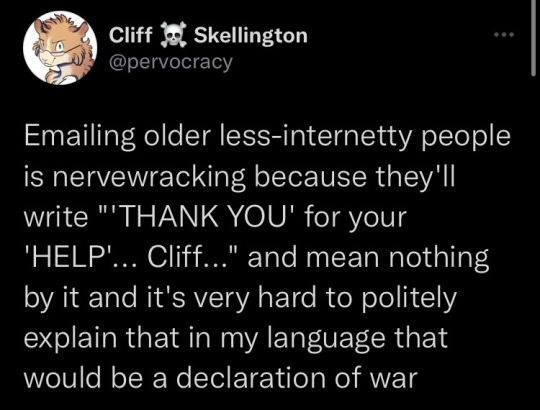Text
And now, for a Water Rating Special Feature:
The Lost Sea, Tennessee

About 20,000 years ago, a giant Pleistocene jaguar ventured into a small opening in the mountain foothills, but soon found that this cave was far bigger than it bargained for. It lost its way in the dark, winding passageways, wandering for several days before eventually falling to its death in a narrow crevice, leaving behind its bones and perfectly preserved paw prints for us to find thousands of years later.
This was the first, but not the only, record of those who ventured into Craighead Caverns. Pottery, weapons and jewelry from the Cherokee people have been found in rooms up to a mile from the entrance, dating back at least a thousand years. Later, the caverns were used as a refrigerator for storing food in the summer, as a mine, a mushroom farm, and even as a dance hall. All throughout its history, there were legends of a great underground lake somewhere inside the vast caves, but no one knew where.
This changed in 1905, when a 13-year old boy was exploring the cave. Three hundred feet below the surface, he crawled through a narrow tunnel, and found himself standing in an enormous, half-submerged chasm. It was so large, in fact, that his light illuminated nothing but water. He began to throw balls of mud in an attempt to find the walls of the cavern, but he only heard splashing in response.
We now know that this lake is about four and a half acres, making it the largest underground lake in North America and the second largest in the world. But that’s only on the surface.
Diving explorations have revealed that this lake is seemingly bottomless. Beneath the ethereal water lies a series of caverns so deep that no end has been found. Divers have mapped about 1,500 feet in depth in just one of the main passageways. One diver, descending into a previously unknown chamber with a sonar device, hugged the wall and took readings all around him. There was nothing but more water in every direction.
At present, there are no further plans to continue exploration, due to the hazardous conditions in the depths of the sea. It seems, then, that the true scope of this lake may forever remain a mystery. Perhaps it is best that we leave alone this strange, bottomless abyss far beneath the ancient Appalachian mountains, to remain as dark and unknown as it was when that jaguar took its first ill-fated steps inside.
20K notes
·
View notes
Text
“One more thing. A trifling matter.” He gave her an apologetic smile and told her of a puppet show that had recently become popular amongst the city’s smallfolk; a puppet show wherein the kingdom of the beasts was ruled by a pride of haughty lions. “The puppet lions grow greedy and arrogant as this treasonous tale proceeds, until they begin to devour their own subjects. When the noble stag makes objection, the lions devour him as well, and roar that it is their right as the mightiest of beasts.”
“And is that the end of it?” Cersei asked, amused. Looked at in the right light, it could be seen as a salutary lesson.
“No, Your Grace. At the end a dragon hatches from an egg and devours all of the lions.”
Cersei:

86 notes
·
View notes
Text
again I will not speak further upon the subject at this time but let it be said that I do firmly believe that Catelyn is THE single most groundbreaking transformative and interesting character in asoiaf
578 notes
·
View notes
Video
when you tryna chill but your siblings love annoyin you
821K notes
·
View notes
Photo
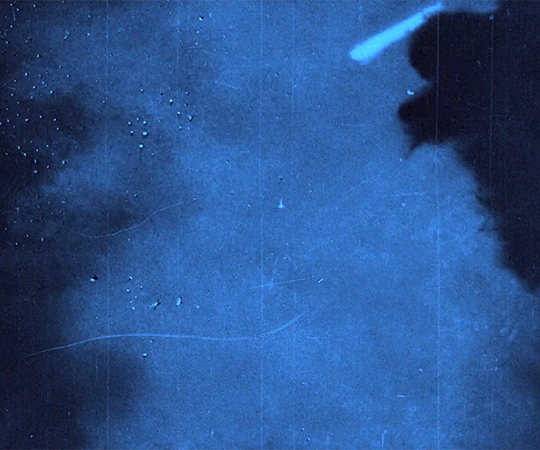

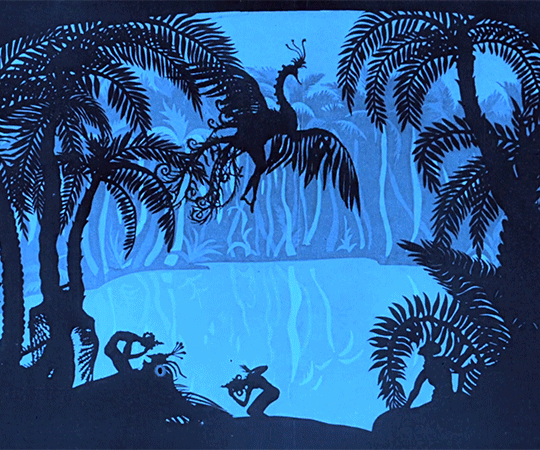
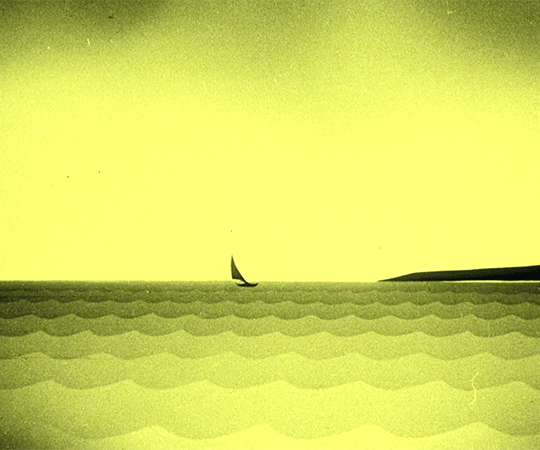

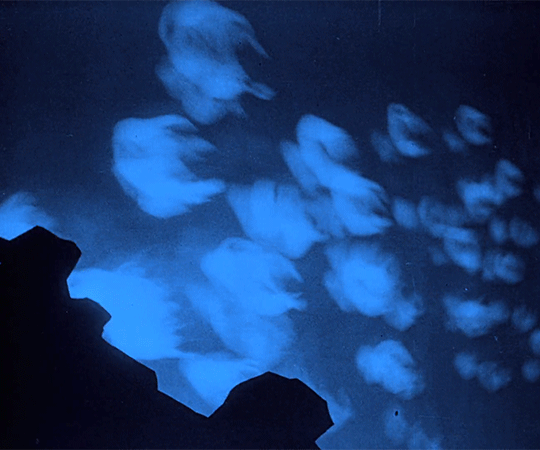
Considered the oldest surviving animated feature film, The Adventures of Prince Achmed features a silhouette animation technique Reiniger invented which involved manipulated cutouts made from cardboard and thin sheets of lead under a camera. Reiniger required several years (1923 to 1926) to make the film as each frame (24 per second) had to be painstakingly filmed. No original German nitrate prints of the film are known to still exist. While the original film featured colour tinting, prints available just before the restoration had all been in black and white. Working from surviving nitrate prints, German and British archivists restored the film during 1998 and 1999, including reinstating the original tinted image.
Die Abenteuer des Prinzen Achmed / The Adventures of Prince Achmed (1926)
dir. Lotte Reiniger
3K notes
·
View notes
Text
It really confuses me how this is a bird

But this is also a bird

But this is a bird, too

and also this

People are always talking about cats like “wtf even are cats” and “how are cats real”
but we should really be talking about birds.
Wtf are birds?
55K notes
·
View notes
Text
So let’s talk about the Lost Generation.
This is the generation that came of age during WWI and the 1918 flu pandemic. They witnessed their world collapse in the first war that spread around the globe, and they – in retrospect, optimistically – called it the “war to end all wars”. And that war was a quagmire. The trenches on the Western Front were notoriously awful, unsanitary and cold and wet and teeming with sickness, and bloody battles were fought to gain or lose a few feet of territory, and all because a series of alliances caused one assassination in one unstable area to spiral into a brutal large-scale war fought on the ground by people who mostly had no personal stake in the outcomes and gained nothing from winning.
On some of the worst-hit battlefields, the land is still too toxic for plant growth.
And on the heels of this horrific war, a pandemic struck. It’s often referred to as “the Spanish flu” because Spain was neutral in the war, and so was the first country to admit that their people were dropping like flies. By the time the warring countries were willing to face the disease, it was far too late to contain it.
Anywhere from 50 to 100 million people worldwide would die from it. 675,000 were in the US.
But once it was finally contained – anywhere from a year to a year and a half later – the 20s had begun, and they began roaring.
Hedonism abounded. Alcohol flowed like water in spite of Prohibition. Music and dance and art fluorished. It was the age of Dadaism, an artistic movement of surrealism, absurdism, and abstraction. Women’s skirts rose and haircuts shortened in a flamboyant rejection of the social norms of the previous decades. It was a time of glitter and glamour and jazz and flash, and (save for the art that was made) it was mostly skin deep.
Everyone stumbled out of the war and pandemic desperate to forget the horrific things they’d seen and done and all that they’d lost, and lost for nothing.
Reality seemed so pointless. It’s not a coincidence that the two codifiers of the fantasy genre – J.R.R. Tolkein and C.S. Lewis – both fought in WWI. In fact, they were school friends before the war, and were the only two of their group to return home. Tolkein wanted to rewrite the history of Europe, while Lewis wanted to rebuild faith in the escape from the world.
(There’s a reason Frodo goes into the West: physically, he returned to the Shire, but mentally, he never came back from Mordor, and he couldn’t live his whole life there. There’s a reason three of the Pevensies can never let go of Narnia: in Narnia, unlike reality, the things they did and fought for and believed in actually mattered, were actually worth the price they paid.)
It’s also no coincidence that many of the famous artists of the time either killed themselves outright or let their vices do them in. The 20s roared both in spite of and because of the despair of the Lost Generation.
It was also the era of the Harlem Renaissance, which came to the feelings of alienation and disillusionment from a different direction: there was a large migration of Black people from the South, many of whom moved to the Harlem neighborhood of New York City. Obviously, the sense of alienation wasn’t new to Black people in America, but the cultural shift allowed for them to publicly express it in the arts and literature in ways that hadn’t been open to them before.
There was also horrific – and state-sanctioned – violence perpetrated against Black communities in this time, furthering the anger and despair and sense that society had not only failed them but had never even given them a chance. The term at the time was shell-shock, but now we know it as PTSD, and the vast majority of the people who came of age between 1910 and 1920 suffered from it, from one source or another.
It was an entire generation of trauma, and then the stock market crashed in 1929. Helpless, angry, impotent in the face of all that had seemingly destroyed the world for them, on the verge of utter despair, it was also a generation vulnerable to despotism. In the wake of all this chaos – god, please, someone just take control of all this mess and set it right.
Sometimes the person who took over was decent and played by the rules and at least attempted to do the right thing. Other times, they were self-serving and hateful and committed to subjugating anyone who didn’t fit their mold.
There are a lot of parallels to now, but we have something they didn’t, and that’s the fact that they did it first.
We know what their mistakes and sins were. We have the gift of history to see the whole picture and what worked and what failed. We as a species have walked this road before, and we weren’t any happier or stronger or smarter about it the first time.
I think I want to reiterate that point: the Lost Generation were no stronger or weaker than Millennials and Gen Z are today. Plenty of both have risen up and fought back, and plenty have stumbled and been crushed under the weight. Plenty have been horribly abused by the people who were supposed to lead them, and plenty have done the abusing. Plenty of great art has been made by both, and plenty of it is escapist fantasy or scathing criticism or inspiring optimism or despairing pessimism.
We find humor in much the same things, because when reality is a mess, both the absurd and the self-deprecating become hilarious in comparison. There’s a reason modern audiences don’t find Seinfeld as funny as Gen X does, and many older audiences find modern comedy impenetrable and baffling – they’re different kinds of humor from different realities.
I think my point accumulates into this: in spite of how awful and hopeless and pointless everything feels, we do have a guide. We’ve been through this before, as a culture, and even though all of them are gone now, we have their words and art and memory to help us. We know now what they didn’t then: there is a future.
The path forward is a hard one, and the only thing that makes it easier is human connection. Art – in the most base sense, anything that is an expression of emotion and thought into a medium that allows it to be shared – is the best and most enduring vehicle for that connection, to reach not just loved ones but people a thousand miles or a hundred years away.
So don’t bottle it up. Don’t pretend to be okay when you’re not. Paint it, sculpt it, write it, play it, sing it, scream it, hell, you can even meme it out into the void. Whatever it takes to reach someone else – not just for yourself but for others, both present and future.
Because, to quote the inimitable Terry Pratchett, “in a hundred years we’ll all be dead, but here and now, we are alive.”
60K notes
·
View notes
Text
117K notes
·
View notes
Text


@kruge-and-cens & I really used our four years of higher education to make this uquiz: which problematic classic text are you
please enjoy <3
14K notes
·
View notes
Text
How the brain balances emotion and reason
Navigating through life requires balancing emotion and reason, a feat accomplished by the brain region "area 32" of the anterior cingulate cortex. The area maintains emotional equilibrium by relaying information between cognitive and emotional brain regions, according to new research in monkeys published in JNeurosci.
Emotional balance goes haywire in mood disorders like depression, leading to unchecked negative emotions and an inability to break out of rumination. In fact, people with depression often have an overactive area 25, a region involved in emotional expression. Healthy emotional regulation requires communication between cognitive regions, like the dorsolateral prefrontal cortex (DLPFC), and emotion regions, like area 25, also known as the subgenual cortex. But because these two areas are weakly connected, there must be a middleman involved.
Joyce et al. used bidirectional neuron tracers to visualize the connections between the DLPFC, area 25, and area 32, a potential middleman, in rhesus monkeys. The DLPFC connects to the deepest layers of area 32, where the strongest inhibitory neurons reside. Area 32 connects to every layer of area 25, positioning it as a powerful regulator of area 25 activity. In healthy brains, the DLPFC signals to area 32 to balance area 25 activity, allowing emotional equilibrium. But in depression, silence from the DLPFC results in too much area 25 activity and out-of-control emotional processing.
128 notes
·
View notes
Note
Since your questions seem to be in the difficult real world policy vein. What are your thoughts on the Uyghur situation in China going on? I was reading up on this and was surprised both at how bad its gotten and how silent overall the US left wing has been. Seems like it would be in their wheelhouse given the circumstances, ie minorities being abused, camps and all, but I had seen very little anywhere.
What’s happening with the Uighur people is straight-up genocide, probably the largest instance of organized ethnic and religious repression since the Holocaust.
While the US left wing (and more broadly, left-wing movements), had and continues to have a notorious black spot for their continuing denial, dismissal, and minimization of the atrocities committed under socialist and communist regimes (China is probably best considered a totalitarian corporatist state these days, but the name and associated brand still holds), do not kid yourself. The US right-wing politicians primarily cares about what’s happening because it feeds into their foreign policy strategy, the growing anti-China movement, the great power struggle, and it’s useful as an attack tactic to get them the only thing they want: votes and money. It’s not politicians in the US either. Countries that benefit either from practicing their own repressive politics against minorities or Chinese investment won’t criticize what China is doing or openly support China’s policies. Businesses that benefit from Chinese purchasing of their goods or benefit from cheap labor turn a blind eye.
You’ll be surprised how quickly people ignore something terrible if acknowledging it means paying in any way.
Thanks for the question, Anon.
SomethingLikeALawyer, Hand of the King
18 notes
·
View notes
Text

this week in I Am Very Smart: having enough money to go to the opera, museums and concerts correlates with having enough money for food, shelter and basic health needs
166K notes
·
View notes
Text
Human Interference Task Force, or Nuclear Semiotics
I was talking with a friend about nuclear waste, its storage and its safety, and we did a bit of googling. Turns out there’s some interesting (and at times, frankly weird) proposals for this already.
The idea behind nuclear semiotics or the HITF is that, with nuclear waste having a very long period of being dangerous to people, how do we communicate to future generations about the dangers of sealed nuclear waste storage sites across tens of thousands of years? Language changes, after all, and symbols also change shape and meaning over time. Humans as a species have only had written language for some 5000 years, give or take some - how do we tell people 10,000 years from now that “behind this enormous vault is extremely dangerous radioactive substances, sealed away forever, please don’t go in or touch anything”, in a way that anyone understands?
To quote the Wikipedia page on the matter, there’s three parts to the message that needs to be conveyed in the first place:
“Three parts of any communication about nuclear waste must be conveyed to posterity:
that it is a message at all
that dangerous material is stored in a given location
information about the type of dangerous substances”
The ISO warning sign about dangerous radiation zone looks like this:
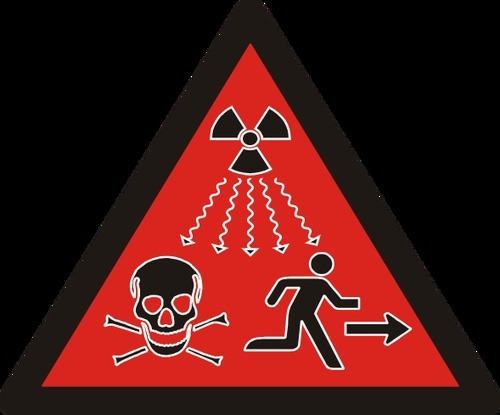
We understand what this means pretty easily today, but when I was talking to my friend about it, I imagined an alternative interpretation from an archaeologist 4000 years from now:
“The symbol at the top is known in some of our oldest texts as the late 20th century symbol for their Sun God, whose rays brought light to the world. The bottom left sign is associated with a slightly earlier time from the 16th century onwards, as a symbol for pirates. Clearly this is a symbol for a prayer, basically that the Sun God will smite pirates and make them flee. Perhaps this area in particular was in danger of pirate raids in those times, or perhaps there is something inside that the builders did not want pirates to take. We should go and investigate.”
There’s some pretty exotic suggestions from very smart people to this solution, with varying likelihoods of success that I’ll leave to your imagination, such as
Forming an Atomic Priesthood to run what amounts to a hierarchical religion with legends and myths about dangerous sites and protection from them
Encoding math-based warnings into the DNA of Atomic Plants that only grow near nuclear waste sites, so future generations can decode it from those
Breeding Radiation Cats (or Ray Cats) that change color when irradiated, and putting this information into songs, art and cultural consciousness across time
Putting up warning signs, and every couple of generations makes new warning signs a bit farther away without removing the old ones so it’s possible to translate through the translations of the translations to get the facts straight
Building storage sites in such a way that only highly technical cultures are able to get into the vaults in the first place, and those cultures ought to already know about radiation so they’ll understand what’s up
I suppose we’ll find out in the near future what they’ll actually come up with, because in 2020s a permanent nuclear waste repository named Onkalo will be built in Finland, the first of its kind in the world. There’s actually a documentary about it, and focusing specifically on the communication aspect of the matter, named Into Eternity, directed by Michael Madsen (no, not that Michael Madsen, I mean the Danish one). I hear it might be on Netflix, so possibly worth checking out if the subject is interesting.
160 notes
·
View notes
Video
54K notes
·
View notes
Text
Finally listened to all music! My favorite song was an untitled file called “ssssddsdrt66677888.ogg” that I found on a flash drive that I found in a landfill in Tunisia
228K notes
·
View notes
